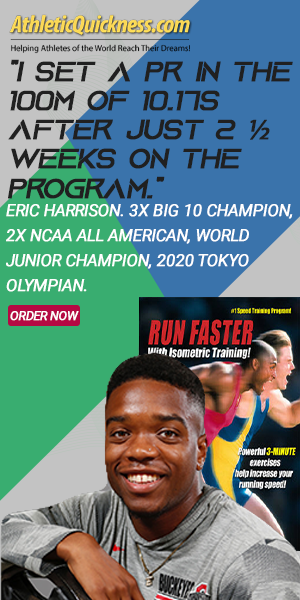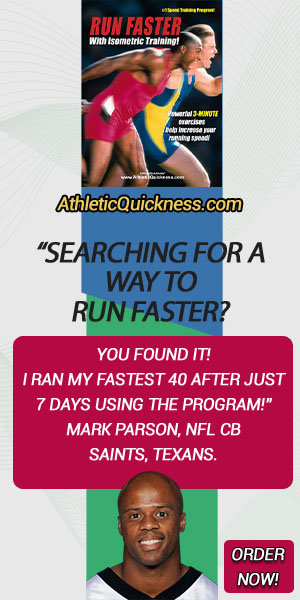Developing Bat Speed and Power in the
Baseball Swing
THE BASEBALL SWING: Part 4 of 4 – The Follow Through
Part 1 – The Stance
Part 2 – The Loading Phase
Part 3 – The Launch Phase
Part 4 – The Follow Through
After the ball has left the bat, the forearms will extend completely as seen in Figure 1-14a. This is a function of the elbow extensors. The wrists will then do a true rollover after ball contact, which means the right forearm pronates, forcing the palm side down and the left forearm supinates, forcing the palm side up.

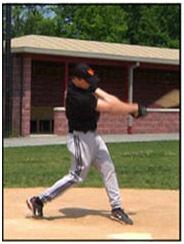
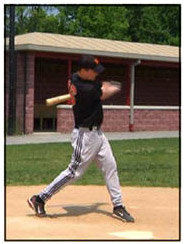
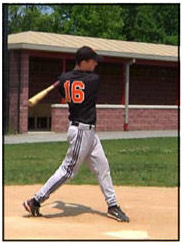
Figure 1-14a. Figure 1-14b. Figure 1-14c. Figure 1-14d
The rest of the swing finishes naturally with the hips opening completely toward the pitcher. Notice the stiff front leg has driven the left hip back in Figure 1-14a-d. This is a sign that a very compact and powerful swing, giving maximum power and contact through the ball, has been achieved.
This completes the identification of all the phases in the baseball swing and the most pertinent muscles involved in each. Now it’s time to begin properly training all of these specific muscles including those involved in the throwing motion and running process.
Always glad to help!
Dr. Larry Van Such
Part 1 – The Stance
Part 2 – The Loading Phase
Part 3 – The Launch Phase
Part 4 – The Follow Through

